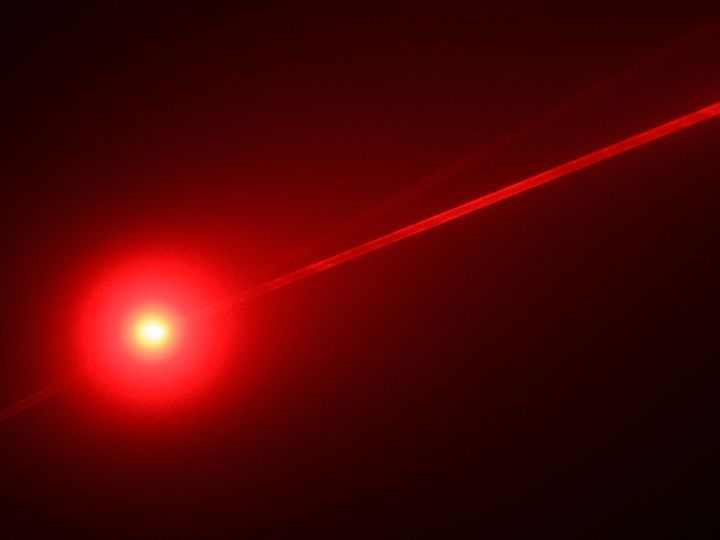Over the last few years, low-level red light (LLRL) therapy has become popular to control myopia, or nearsightedness, especially in children. In LLRL therapy, children are instructed to look into a red light-emitting instrument for three minutes, twice a day, five days a week, for the duration of the treatment period, which could last years.
Studies reported the treatment as effective and responsible for significant reduction in myopia progression and it is already being used to address myopia in over 100,000 pediatric patients.
Despite passing clinical trials it's not safe in all cases, so stricter standards need to be created, according to University of Houston Professor Lisa Ostrin, who says the therapy can put the retina at risk of photochemical and thermal damage.
 Photo courtesy of GETTY Images, provided by the University of Houston
Photo courtesy of GETTY Images, provided by the University of Houston
Ostrin examined two different LLRL devices, and while both instruments were confirmed to be Class-1 laser products, as defined by International Electrotechnical Commission standards, according to Ostrin they are unsafe to view continuously for the required treatment duration of three minutes.
Class-1 lasers are low-powered devices that are considered safe from all potential hazards when viewed accidentally and briefly. Examples of Class-1 lasers are laser printers, CD players and digital video disc (DVD) devices. Class-1 lasers are not meant to be viewed directly for extended periods.
“We found that the red-light instruments for myopia exceed safety limits,” said Ostrin. “For both LLRL devices evaluated here, three minutes of continuous viewing approached or surpassed the luminance dose MPE, putting the retina at risk of photochemical damage.”

